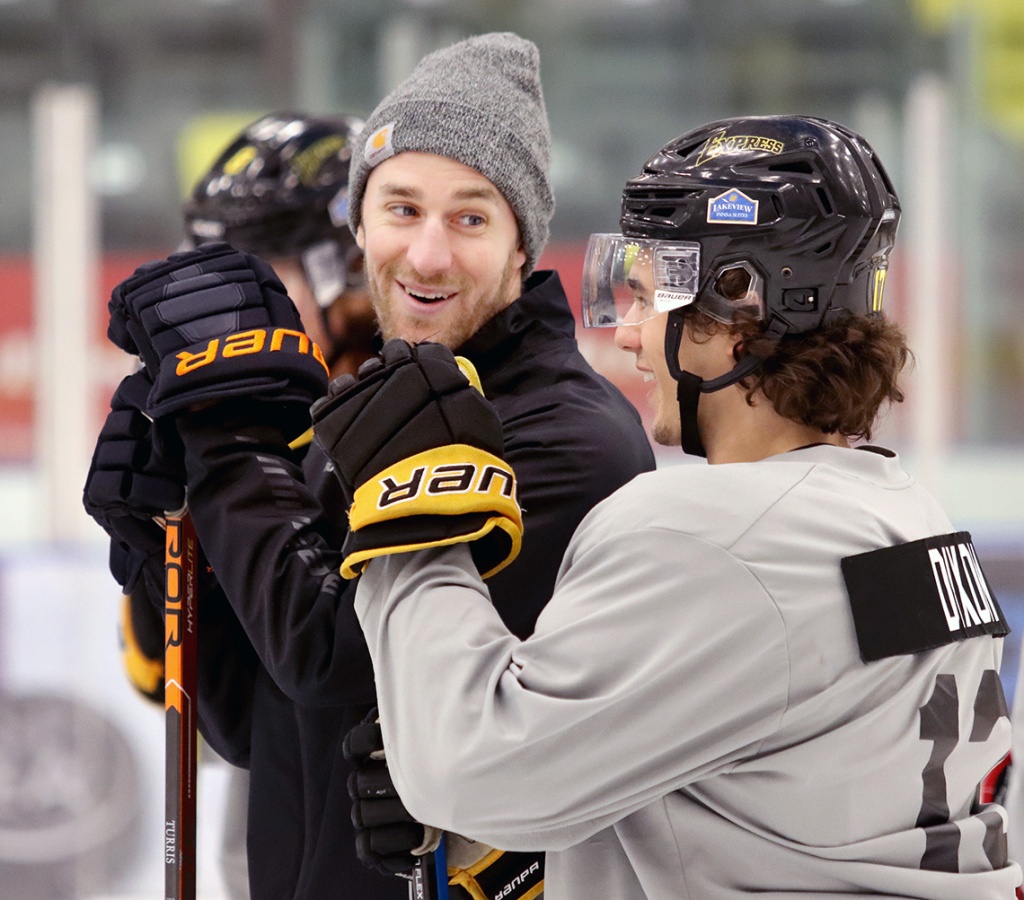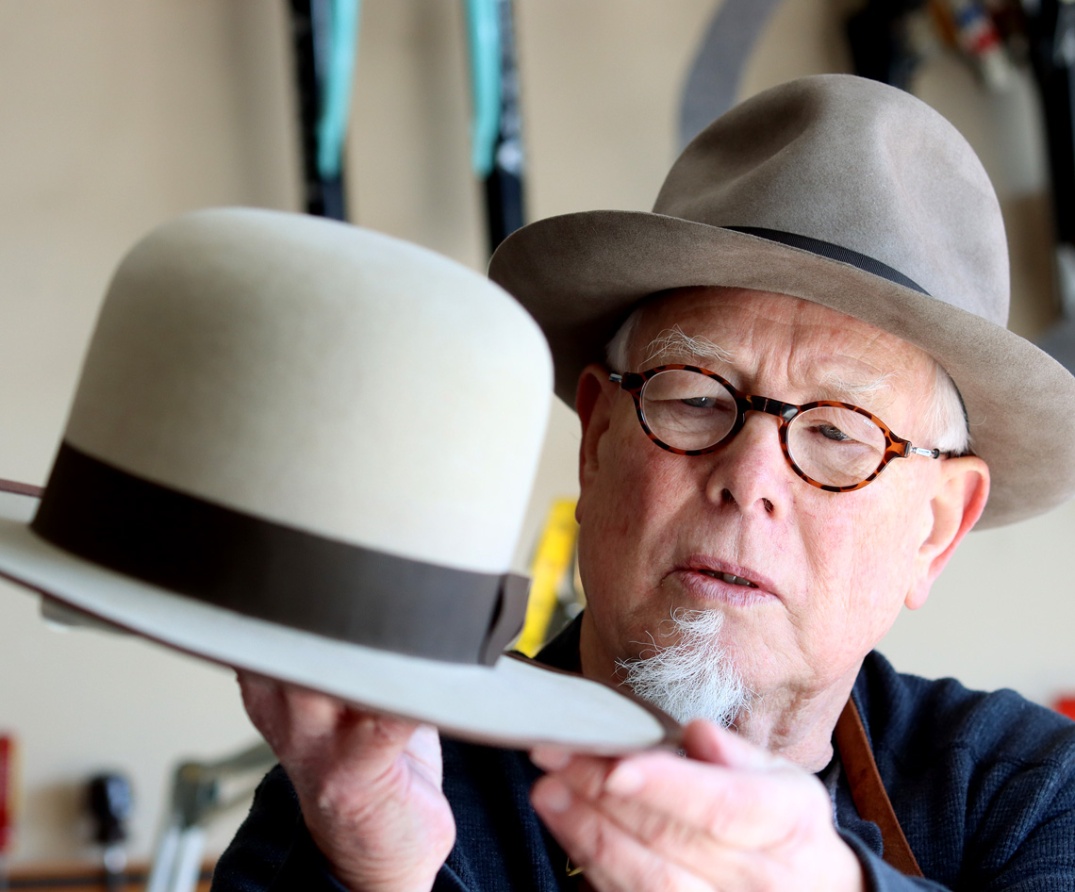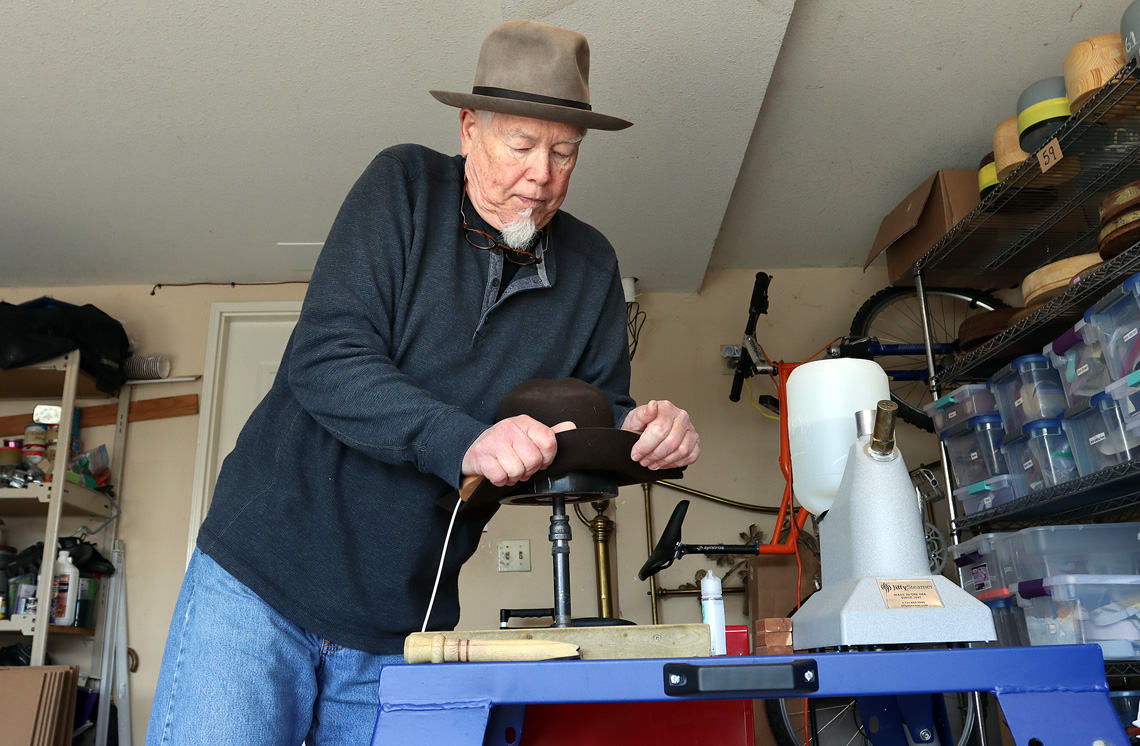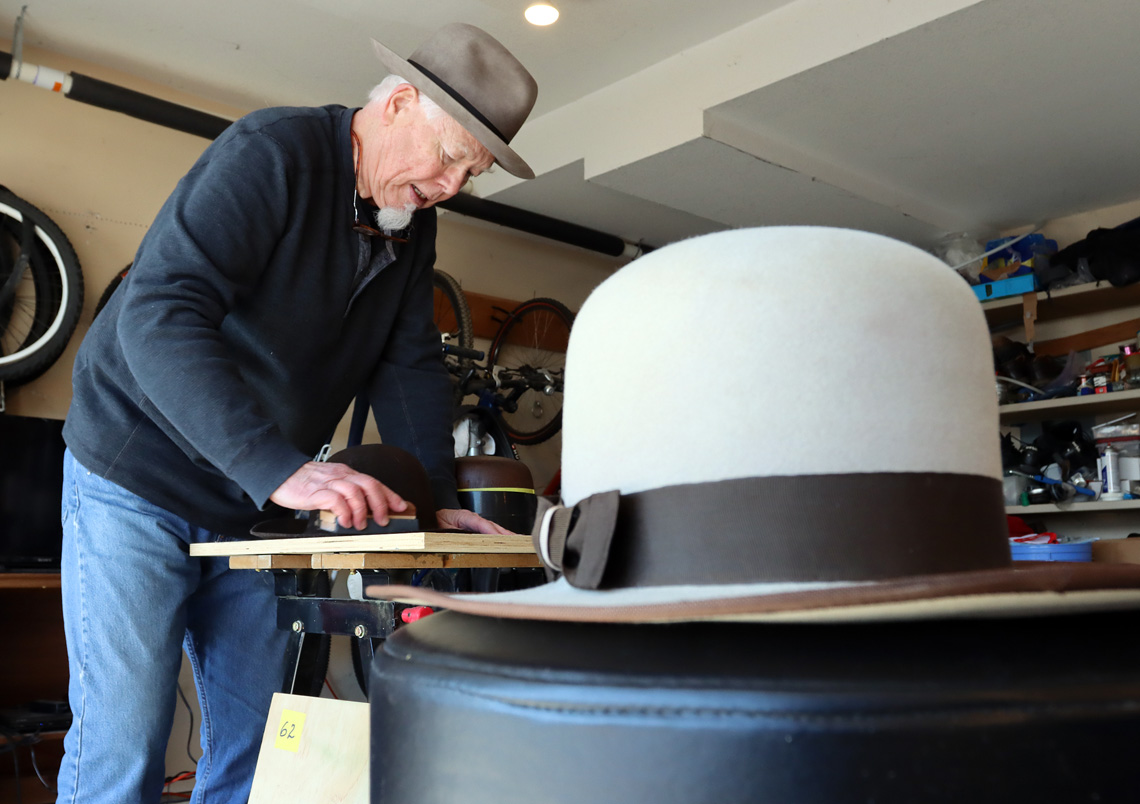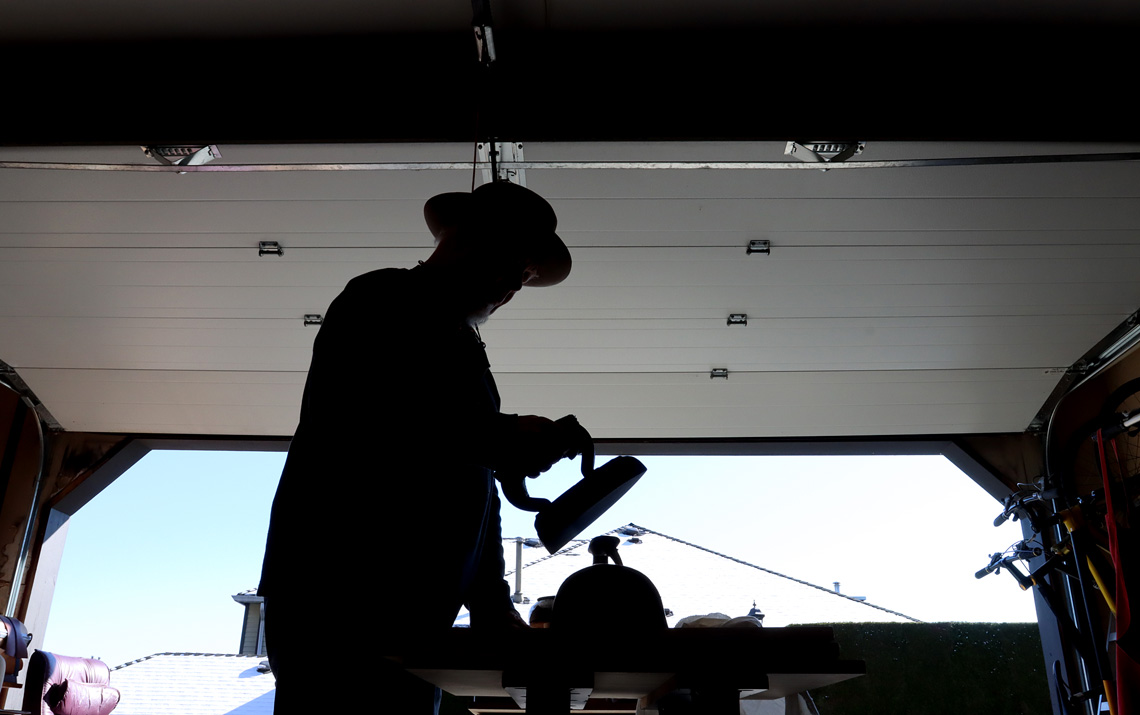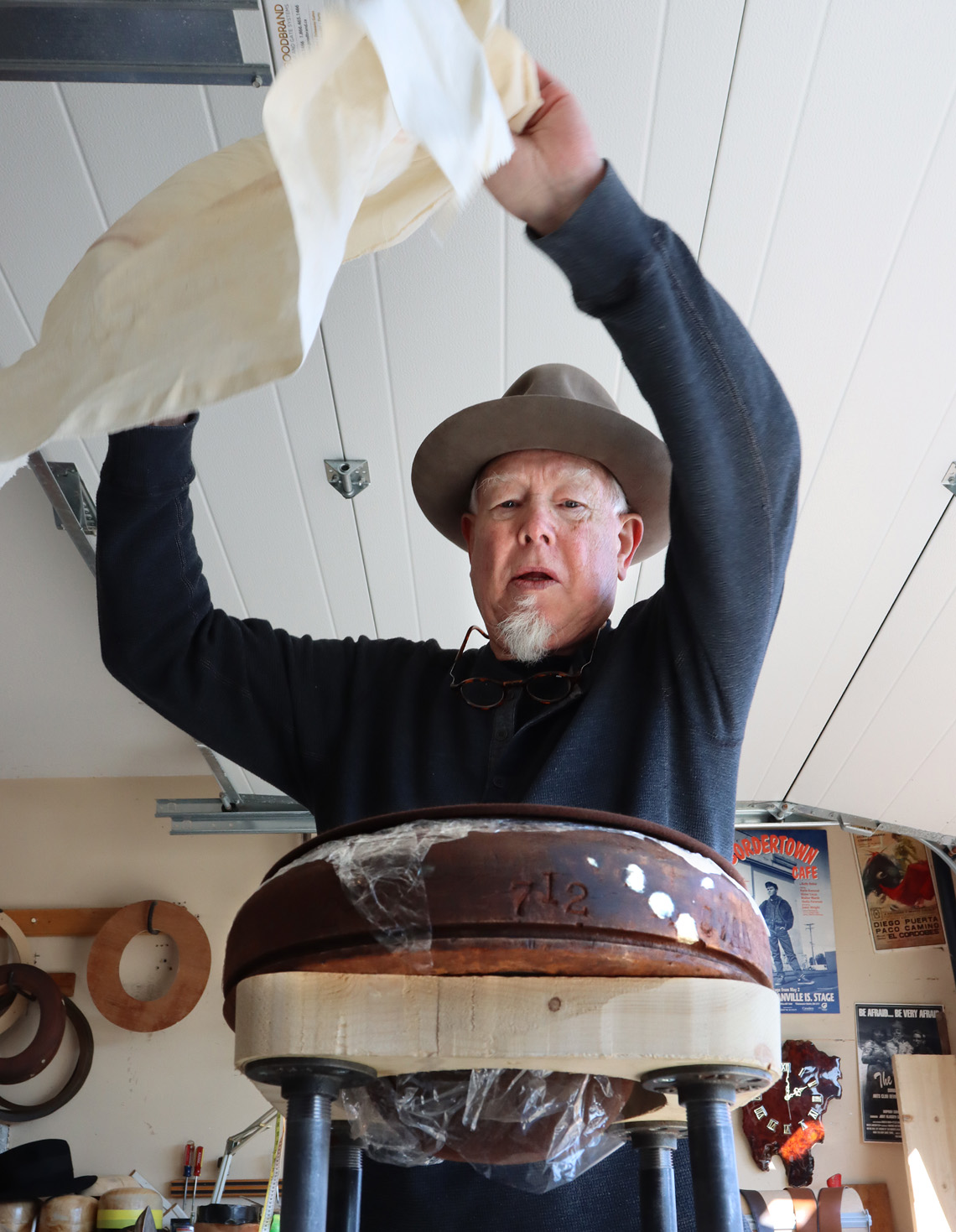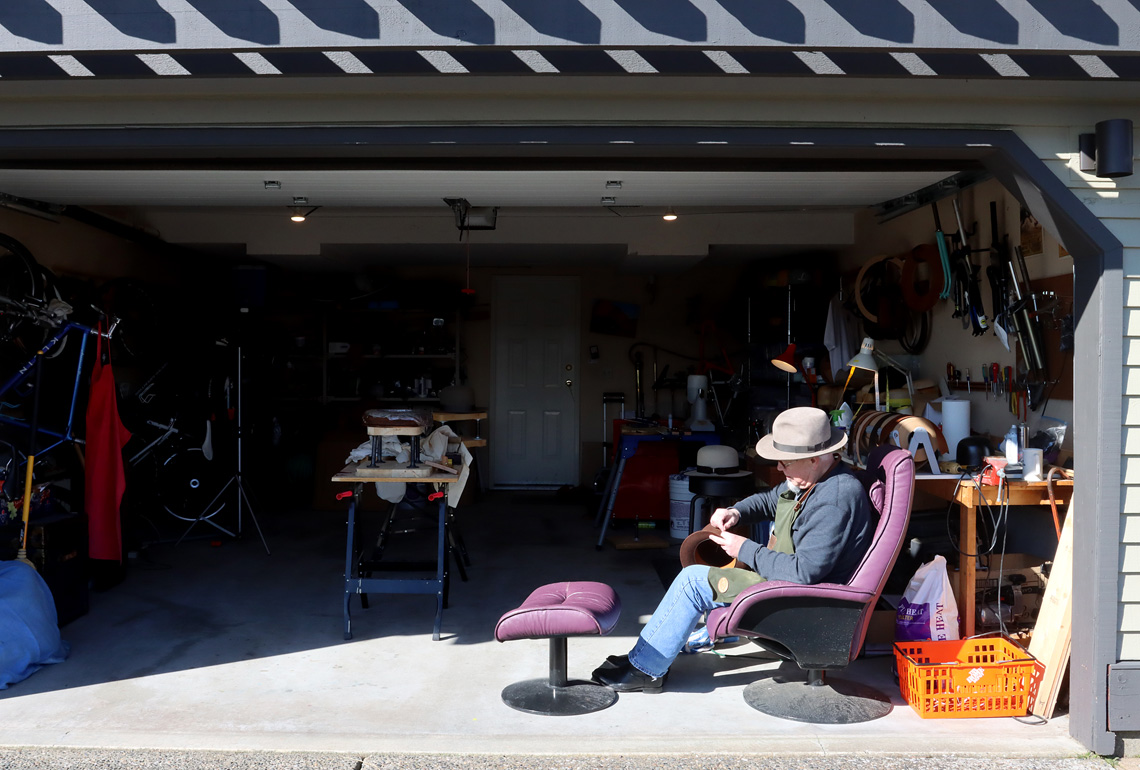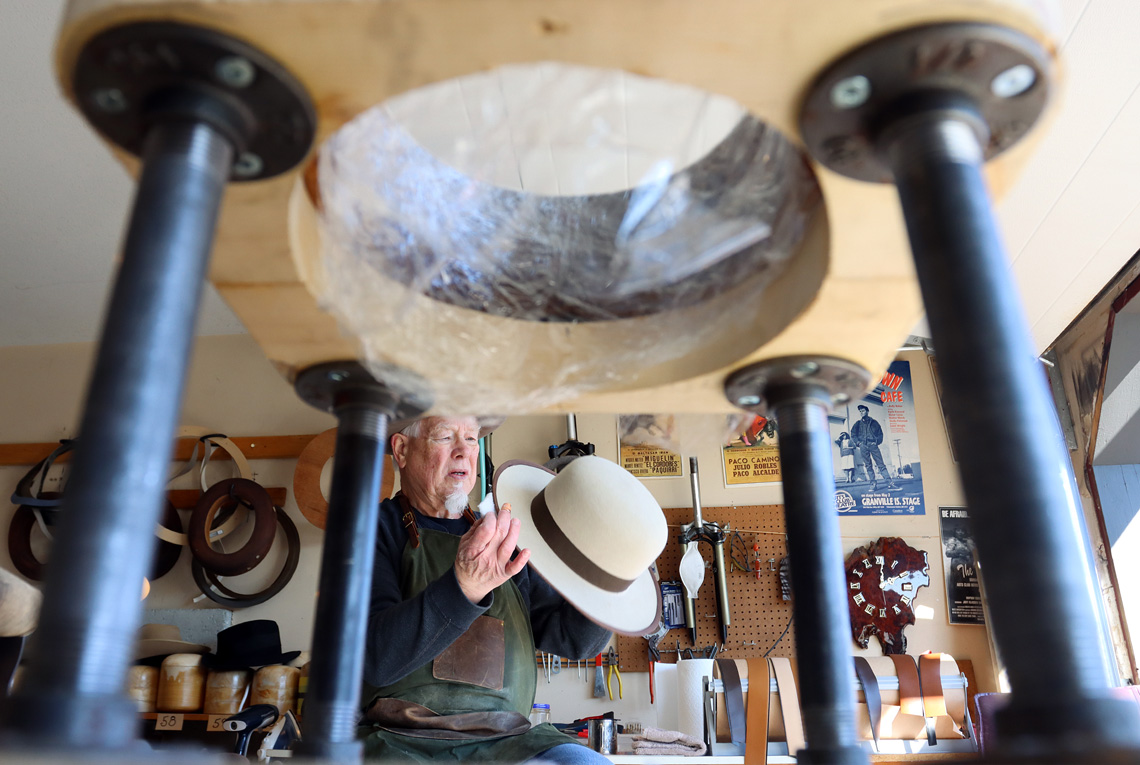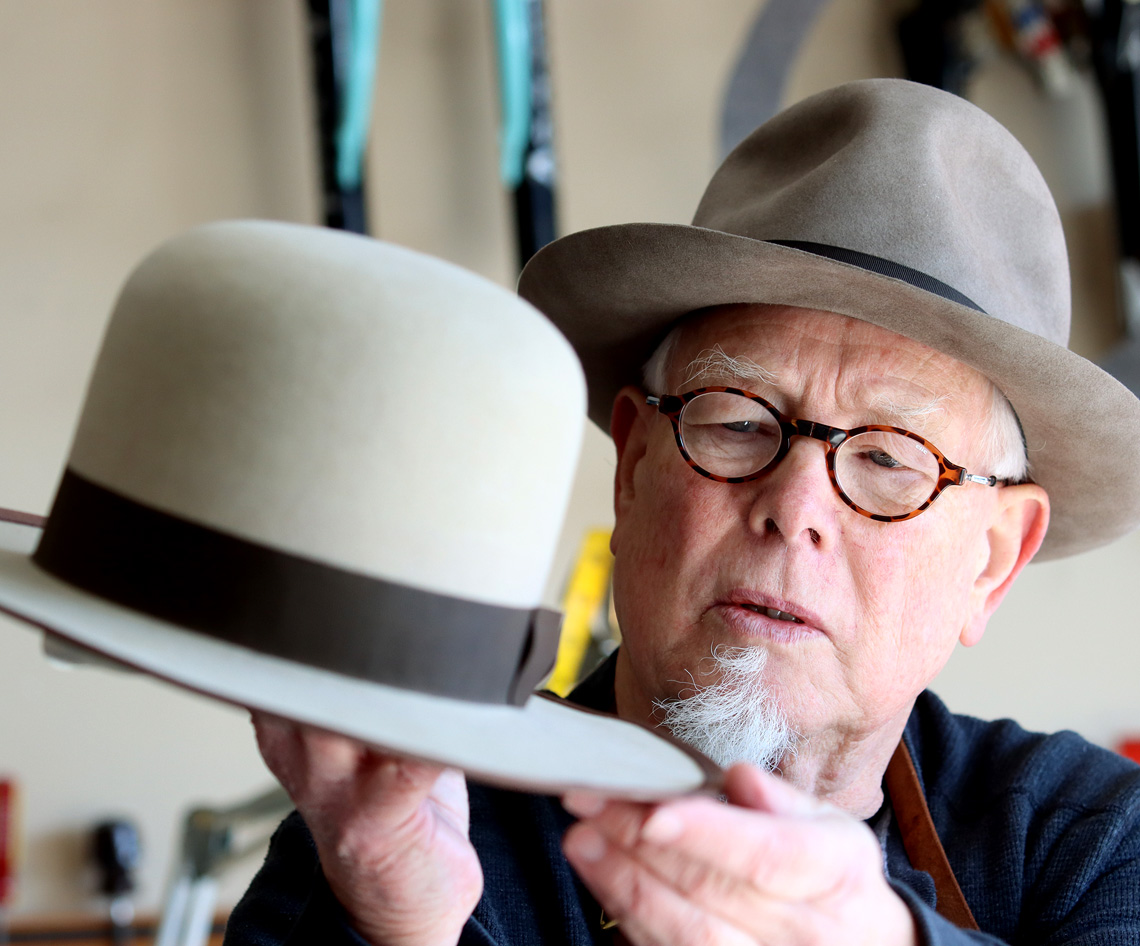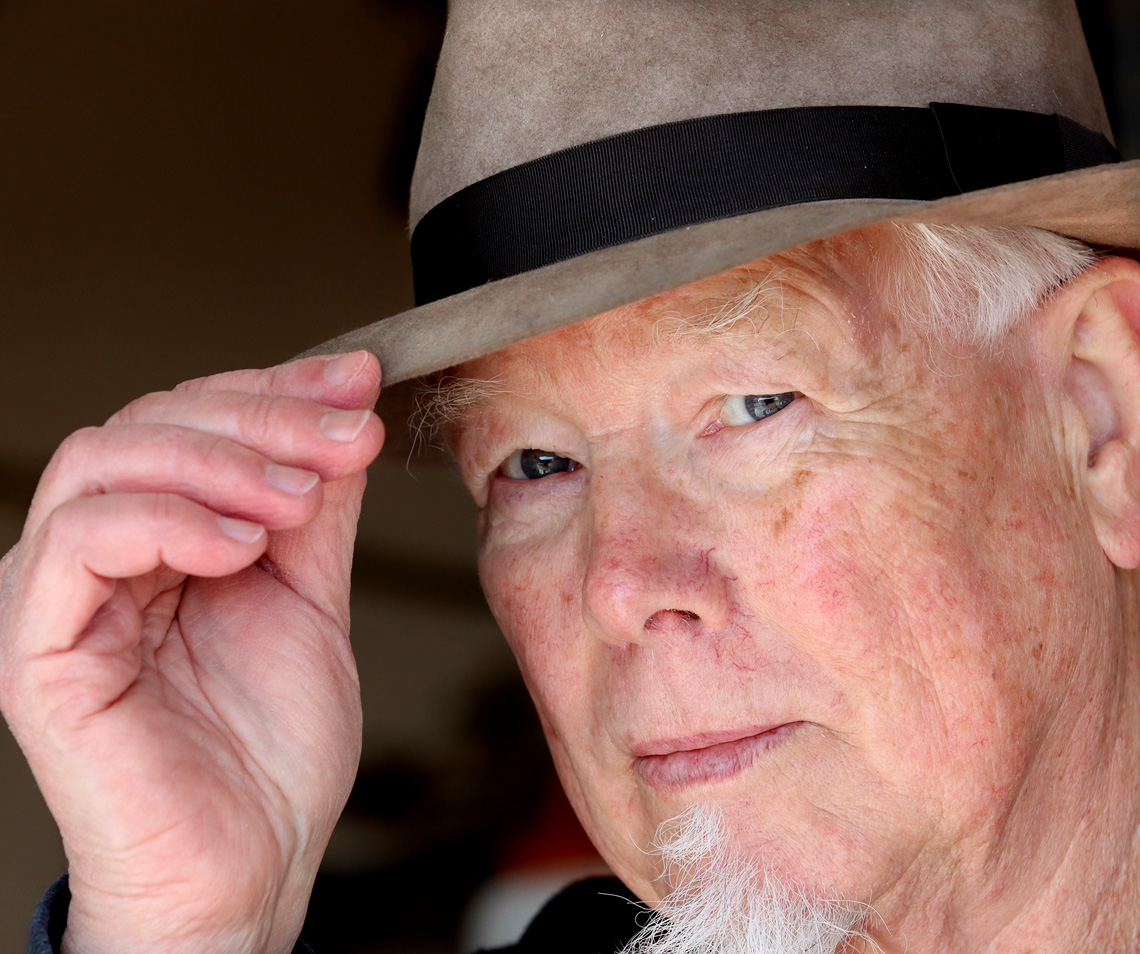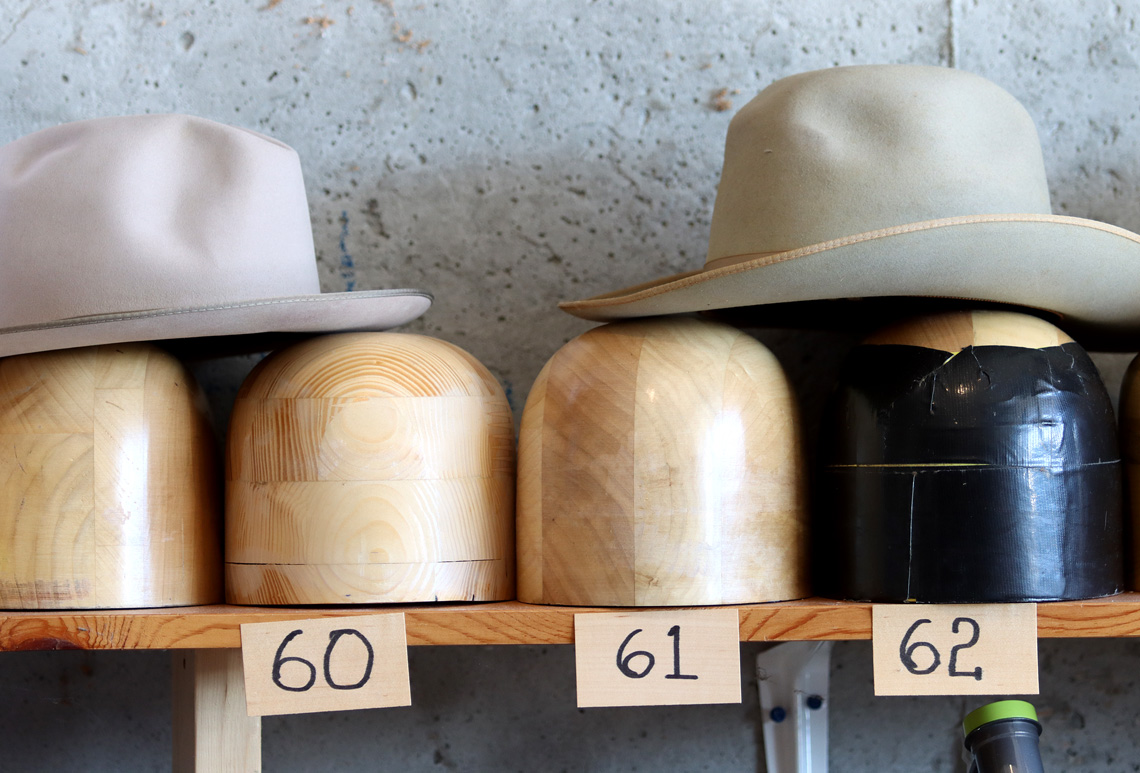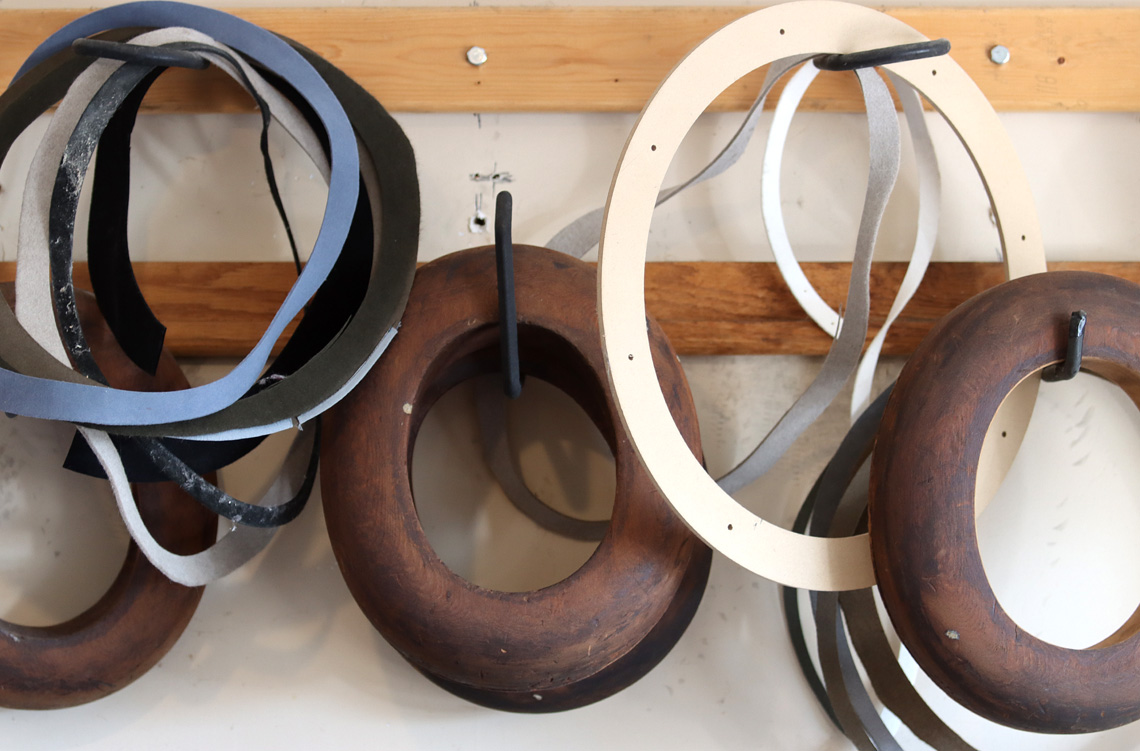Early in the COVID-19 pandemic, I wrote a story about a local woman who was one half of the Room Raters, a Twitter account that went viral with its witty and sometimes cutting commentary about decor and the backgrounds of Zoom and Skype interviews on TV with pundits, politicians, experts and commentators on cable and network news stations like MSNBC, CNN, FOX and ABC.
We were all feeling isolated and fearing the future. But the Room Raters brought some light to the darkness. It also brought its perpetrators a measure of internet fame and eventually a book deal.
Recently, though, I found out about an unexpected twist to their story.
A Port Moody author is crediting her cat with possibly saving her life.
Jessie Bahrey says the insistent cuddling and kneading at her chest by her two-year old cat, Ella, helped alert her something wasn’t quite right as life events kept delaying her biennnial appointment for a mammogram. But when her left arm started to inexplicably ache she procrastinated no longer.
Sure enough, the scan showed two tumours in Bahrey’s left breast, exactly where Ella had been “making biscuits.”
Bahrey said she has no history of breast cancer in her family, and her own regular self-examinations revealed nothing untoward. But when she told her doctor of Ella’s role in fuelling her concern, they expedited the biopsy that would be needed to diagnosis the nature of the tumours and plot a strategy for their treatment.
Bahrey said she was taken aback by the sudden reversal in her life that had been an unlikely whirlwind for much of the previous three years.
Pandemic phenomenon goes viral
Bahrey, who’s an office manager at a Port Coquitlam garden centre, was at the nexus of a cultural phenomenon birthed by the onset of the COVID-19 pandemic.
Hunkered down in her apartment just like everyone else was in the early months of the public health crisis, she and a friend based in Washington, D.C., started commenting about the decor and backgrounds they observed in Zoom and Skype interviews with celebrities, health experts, politicians and pundits on TV.
Bahrey and Claude Taylor, who runs a left-leaning Political Action Committee (PAC), started putting their commentaries online, posting their observations, criticisms and suggestions on an X account (formerly Twitter) they called Room Raters.
Bahrey and Taylor’s targets ranged from musician John Legend and former First Ladies Michelle Obama and Hillary Clinton, to British Prime Minister Boris Johnson as well as commentators like Washington Post journalist Carl Bernstein and legal analyst Neal Katyal. Even the late Queen Elizabeth caught their attention.
Quickly, the Room Raters attracted more than 400,000 followers and sometimes their subjects quipped back, decrying a poor score, vowing to improve next time, celebrating a top rating or looking for tips to make their backgrounds look better.
The online attention led to a book deal.
When How to Zoom Your Room: Room Raters’ Ultimate Style Guide was released in June 2022, Bahrey and Taylor hit the promotion circuit, doing appearances on American and Canadian television and radio, being interviewed by the Washington Post and several podcasts.
It was, Bahrey said, “a lot of blood, sweat and tears.”
Winding down from the Room Rater whirlwind
When the hubbub died down, Bahrey went on holiday in Italy to decompress. Then her father entered hospice care and she said the impetus to schedule her mammogram appointment kept getting shuffled down her priority list. After all, she thought, she felt fine, she was running 40 kms a week and she had nothing to pique her concern.
Until feisty, aloof Ella suddenly became a cuddling comforter who always nudged her way up to Bahrey’s chest.
A 2016 study published in the veterinary medical journal, Frontiers in Veterinary Science, said dogs’ acute sense of smell can detect pathogens in humans like viruses and even cancers of the lungs, colon and breast. Some have been trained to sniff them out.
And while there’s been no formal research on the cancer-sniffing capabilities of cats, there’s no shortage of anecdotal evidence being shared on the internet.
A dour diagnosis
Bahrey said none of her doctors dismissed her story about Ella’s role in the eventual diagnosis of her triple negative breast cancer.
“It’s the bad one,” she added of the illness, referring to its predilection to grow aggressively and recur readily because the cancer cells lack estrogen or progesterone receptors and don’t make any, or very little, of a protein called HER2.
Bahrey calls 2023 her “cancer year.” She spent much of it recuperating from surgery, recovering from a super bug she caught along the way, getting radiation and chemotherapy treatment, trying to stay focused on the job of getting better.
Just before Christmas, Bahrey was able to ring the bell after her check up, the symbolic pronouncement that she was clear of cancer.
She said sometimes her mind reels at all that she’s experienced in the past few years — from the heady days of seeing her Room Rater posts retweeted by their famous subjects or referenced on national television to the dark days of uncertainty and feeling ill from the medicines that were hopefully killing her cancer.
“It was almost too much to have in my head,” Bahrey said, adding her Room Raters experience helped her weather some of those storms as people who’d received their critiques or were just fans checked in on her. One, MSNBC medical correspondent Dr. Vin Gupta, even acted as her second opinion, deciphering test results, offering his thoughts on her course of treatments.
“My sadness turned to gratitude for the relationships I’ve nurtured,” she said.
Drawing strength

Bahrey said she was able to draw strength and confidence from being interviewed by media personalities and interacting with them online to advocate for her own care.
Room Raters is now mostly in Bahrey’s past. She still touches base with Taylor, who’s taken over posting the majority of the critiques and political barbs. But Ella has become the star of her own social media posts.
“She’s a force of nature,” Bahrey said, adding since she got the all-clear from her doctors, the feline has returned to her former distant demeanour.



























